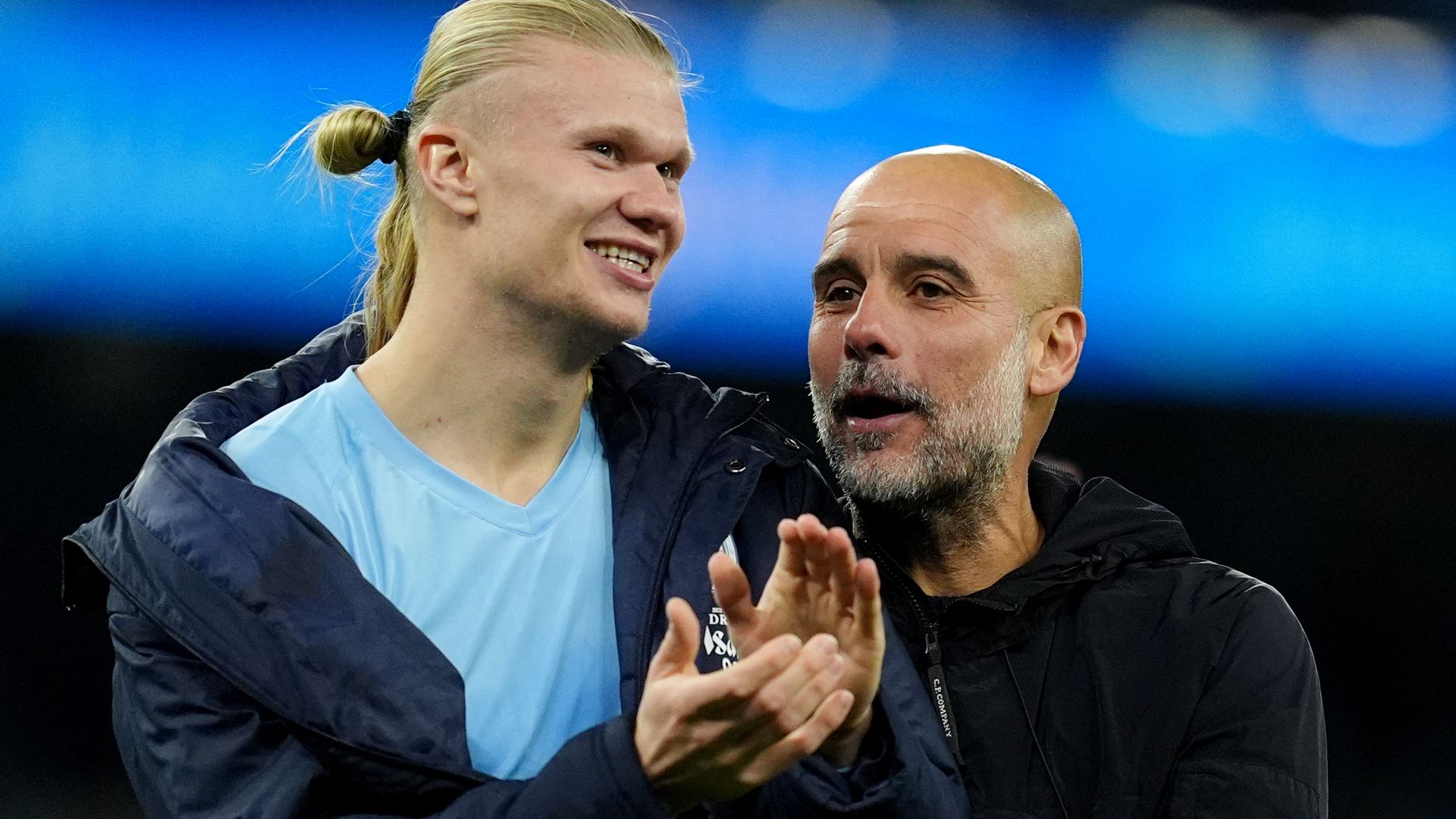Lando Norris’ Mexico Triumph Signals a New Era for F1: Is This the End of Traditional Championship Battles?
The Formula 1 world is buzzing after Lando Norris showcased his remarkable skills during the Mexico City Grand Prix, a performance that has ignited discussions about his potential to clinch this year’s Drivers’ Championship. Martin Brundle, a respected figure in motorsport commentary, emphasized that Norris found an “overdrive gear” during his commanding victory. This pivotal moment not only underscored Norris’s talent but also raised questions about the evolving landscape of F1 competition.
Norris’s rise has come at a time when the sport is undergoing significant changes. With new regulations, technologies, and a more competitive field, traditional powerhouses are being challenged like never before. This shifting paradigm is not just a narrative about one driver’s success; it reflects a broader trend within Formula 1 that could redefine championship dynamics.
Historically, F1 has been dominated by a select few names—drivers like Michael Schumacher, Lewis Hamilton, and Sebastian Vettel have long set the standards of excellence. They represent not just skill but also a certain pedigree, backed by teams with substantial financial resources and historical prowess. Their dominance has established a formidable barrier for newcomers. However, Norris’s recent performance suggests that the times might be changing.
At the Mexico City Grand Prix, Norris executed a race strategy that highlighted his ability to adapt and push boundaries. His command over the car and aggressive driving style demonstrated a level of maturity that belies his relatively young age. Norris’s ability to find an “overdrive gear” speaks to not just an enhancement of driving skill, but also an evolution of mindset—a fierce determination to not merely compete but dominate.
This can be paralleled to the broader societal shifts we often see in sports and politics, where emerging figures disrupt established norms. Take, for instance, the recent rise of non-traditional candidates in politics, challenging established figures and reshaping party dynamics. The narratives in both F1 and politics share similar threads: the old guard clinging to power while new contenders emerge with fresh ideas and renewed vigor.
Another crucial factor contributing to Norris’s ascent is the evolution of the McLaren team itself. Once a dominant force in the sport, McLaren faced a decade-long struggle to regain its stature. However, recent investments and strategic overhauls have revitalized the team, allowing drivers like Norris to shine. The correlation between a team’s dynamic and a driver’s success cannot be overstated. When a driver has the right machinery and support behind them, they can unlock their full potential. Norris’s victory is as much a celebration of his talent as it is a testament to McLaren’s renaissance.
Moreover, the technological advancements within the sport play a significant role in shaping the driving experience and race outcomes. Changes to aerodynamics, engine performance, and tire technology mean that the playing field is more level than in past decades. While seasoned drivers may have the advantage of experience, younger drivers like Norris are increasingly adept at harnessing technology to their benefit.
As Norris gains momentum, the question arises concerning how the established stars will respond. For instance, Lewis Hamilton, who has had a firm grip on the title for several years, now faces competition that is not just fierce but also novel in its approach. The potential rivalry between Hamilton and Norris could prove to be one of the defining narratives of the season. It might also reflect generational debates often seen in various cultural contexts, where older generations grapple with the emergence of new leaders and ideas.
The implications of Norris’s potential championship run extend beyond the track. It symbolizes a shift towards inclusivity and diversity within the sport. Norris, with his engaging personality and approachability, has resonated with fans, particularly younger audiences who see him as relatable. The image of modern F1 is shifting from the aloofness of its past to something more accessible and representative. This transition could open doors for new fans, creating a stronger, more diverse community around the sport.
The financial aspect cannot be overlooked either. Sponsors and stakeholders increasingly seek to align themselves with fresh talent and narratives that resonate with the broader populace. Lando Norris embodies this narrative—his rise could attract new investments into F1, a sport that has often been perceived as elite and exclusive. As he continues to break barriers, Norris could very well be a catalyst for change regarding how future talent is nurtured and recognized within the industry.
In examining the landscape of Formula 1, Norris’s emergence as a championship contender signifies more than just a thrilling season ahead. It indicates a cultural shift within motorsport, challenging long-held perceptions and practices. As drivers like Norris utilize their platforms for broader engagement, the sport itself evolves. The desire for change is palpable amongst fans who crave excitement, unpredictability, and the thrill of underdog stories. These narratives not only draw spectators to the tracks but also create a vibrant atmosphere that can rejuvenate interest in F1.
The prospect of Norris contending for the title raises broader questions about identity within the sport. What does it mean to be a champion in today’s F1 landscape? Is it merely defined by wins and accolades, or should it also encompass the impact a driver has on the sport and its community? Norris’s approach highlights that a new breed of driver prioritizes connection as much as competition.
While the traditionalists may cling to past legends and their race records, the reality is evident: the rules of engagement in Formula 1 are changing. Lando Norris is just one of many drivers emerging in a new era. There is a growing cohort of younger talents ready to redefine what it means to race competitively. As the narratives around these drivers evolve, F1’s image itself may shift drastically, capturing the hearts of new fans and stakeholders alike.
Ultimately, the coming months will determine whether Norris can continue to capitalize on this momentum and establish himself as a true contender. Each race represents not just a challenge against his rivals but a deeper commentary on the sport’s direction. With every lap and every point earned, he shapes the dialogue around what the future of Formula 1 might hold—a future where new champions rise, traditions are challenged, and the very essence of competition is redefined.




